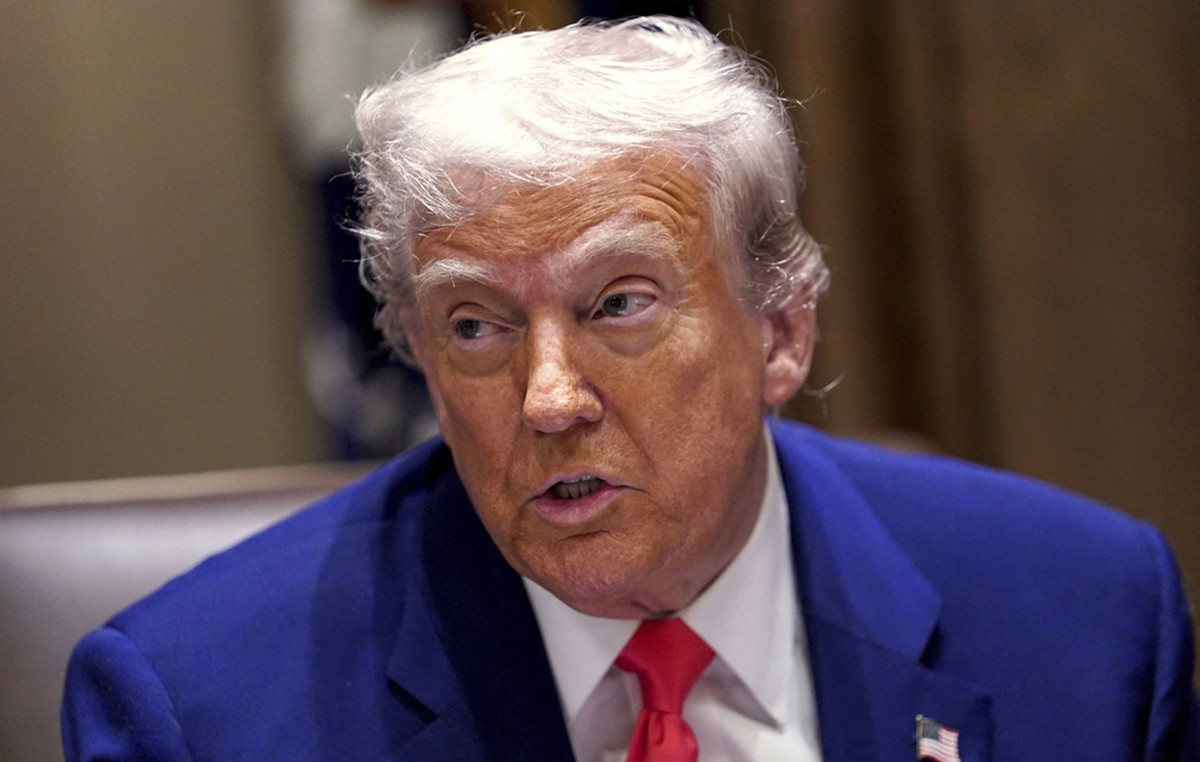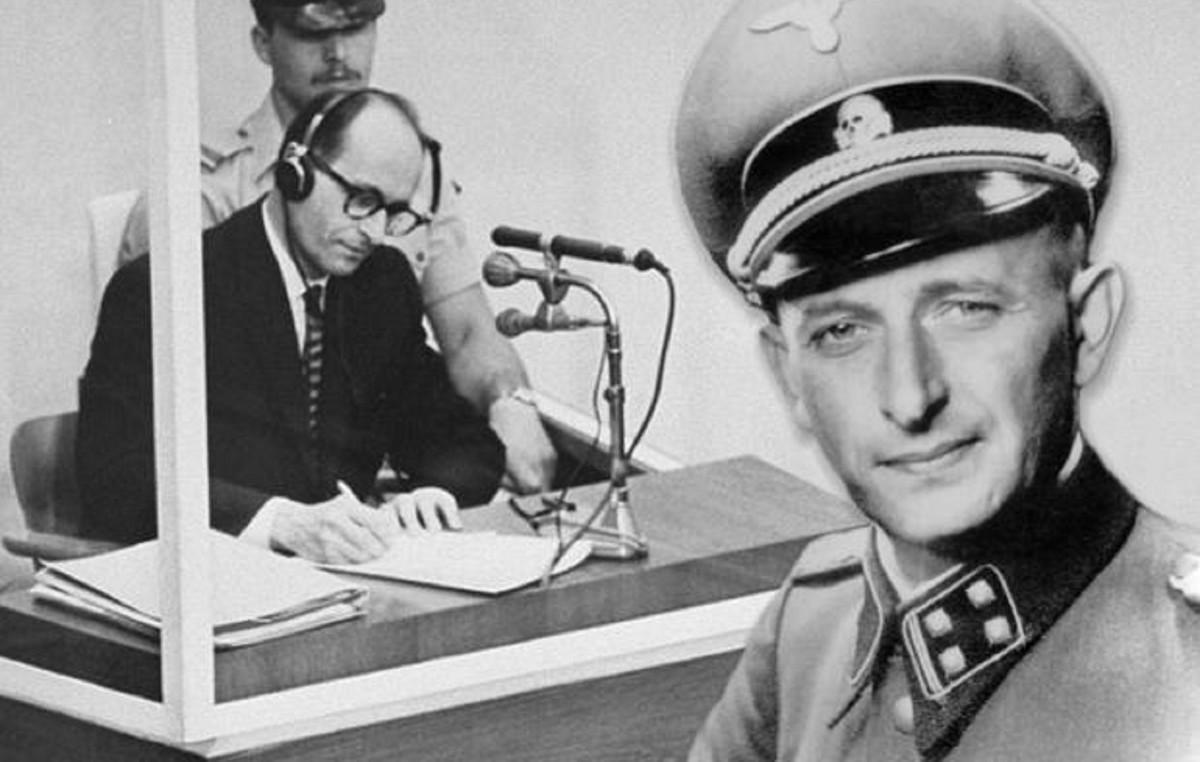- Gold rose following the release of US PCE inflation data on Friday, despite the readings being in line with estimates.
- The continued decline in inflation, as well as lower-than-expected personal spending, increases the chances that the Fed will cut interest rates.
- The XAU/USD has broken above a key trend line, further invalidating the bearish head and shoulders pattern that had been forming.
Gold (XAU/USD) rose around a tenth of a percentage point to trade at $2,330 on Friday, in the half hour after the release of the US Personal Consumption Expenditures (PCE) Price Index for May.
The PCE is the US Federal Reserve’s (Fed) preferred inflation gauge and showed a slowdown in price increases to 2.6% year-on-year in May from 2.7% previously, in line with expectations. The core PCE also decelerated to 2.6% from 2.8% previously, as expected. The data indicates that inflation is steadily declining towards the Fed’s 2.0% target.
Personal Spending data rose 0.2% in May when 0.3% had been forecast from 0.1% in April, according to the data from the US Bureau of Economic Analysis.
The Fed is in charge of setting interest rates, to which Gold is sensitive given that it is a non-interest-bearing asset. The data indicates that the Fed will likely cut interest rates sooner than previously thought, which is bullish for the price of Gold.
Fed members sound more optimistic
Comments from Fed speakers on the outlook for interest rates also influence Gold prices.
Atlanta Fed President Raphael Bostic said that the Fed had begun to consider future rate cuts, suggesting more concrete plans rather than the vague reliance on data from past comments by Fed speakers.
Bostic expected a fourth-quarter interest rate cut was likely, followed by four quarter-point cuts in 2025, adding that when the Fed begins cutting rates, it will be the “first in a series; that’s one reason.” for patience.”
Bostic also dismissed concerns raised about the weakening labor market, saying, “companies say they don’t see a cliff ahead for the labor market.”
Another problem for the Fed has been high inflation in the services sector. However, there are signs that this is also cooling, according to the president of the Atlanta Fed.
Her colleague, Fed Board of Governors member Michelle Bowman, however, was more cautious Thursday, saying, “The Fed is not yet at a point where it can consider cutting rates.”
Market-based indicators on what the Fed will do next are more optimistic, seeing a relatively high probability of around 66% that the Fed will cut interest rates at (or before) the September Fed meeting. , just after the publication of the PCE data for May. The estimate is from the CME’s FedWatch tool, which calculates probabilities using 30-day Fed funds futures prices.
Gold’s long-term outlook looks bright
Gold’s long-term outlook remains positive according to most analysts. Geopolitical uncertainty in the Middle East, Ukraine, climate change and technology-driven economic challenges are all risk factors fuelling demand for gold as a safe haven.
Gold also has a complex relationship with the US Dollar (USD). While a strong US Dollar is negative for Gold because it is priced in USD, it has also increased demand from Asian central banks primarily as a hedge against the devaluation of their own currencies against the US Dollar.
The BRICS trade confederation is also using Gold as a replacement for the US Dollar as the primary medium for global trade. Given its position as a stable and secure store of value, Gold is the most reliable alternative as a medium of exchange between nations with different, and often volatile, national currencies.
“The rest of the world is trying to make sure they are not so dependent on the US dollar. For them, gold offers another opportunity to own an asset that is still a pretty significant store of value,” said Joy Yang, Head of Product Management at Index and Marketing at MarketVector Indexes, in a recent interview with Kitco News.
Yang thinks these “global trends” will push gold higher in the future, back to $2,400, although the deciding factor will be the Fed’s decision to finally start cutting interest rates.
Technical Analysis: Gold breaks above the trend line, further invalidating the head-and-shoulders pattern
Gold makes another break of the downtrend line connecting the “Head” and “Right Shoulder” of the now invalidated bearish Head and Shoulders pattern that formed in the precious metal during April, May and June.
XAU/USD Daily Chart
Although the breakouts have invalidated the case for an orthodox head-and-shoulders reversal pattern, it is still possible that a more complex “multiple shoulders” top pattern has formed that could still prove bearish. However, the odds are lower overall.
If the breakout of the uptrend line holds, Gold is likely to rise to the $2,369 level (June 21 high). A break above that would be an even more bullish signal, with the next target at $2,388, the June 7 high.
Alternatively, assuming the neckline of the engaged top pattern at $2,279 is broken, a downside reversal could still follow, with a conservative target at $2,171 and a second target at $2,105 – the 0.618 ratio of the pattern high and the full ratio of the pattern high extrapolated to the downside.
There is a risk that the trend will now be sideways in both the short and medium term. In the long term, Gold remains in an upward trend.
Economic indicator
Personal consumption expenditure – price index (YoY)
Personal consumption expenditure published by the Bureau of Economic Analysis, Department of Commerce It is an estimate of the amount of money consumers spend in a month. It is a significant indicator of inflation. A result above expectations is bullish for the dollar, while a reading below consensus is bearish.
Latest Post: Fri Jun 28, 2024 12:30
Frequency: Monthly
Current: 2.6%
Dear: 2.6%
Previous: 2.7%
Fountain: US Bureau of Economic Analysis
Source: Fx Street
I am Joshua Winder, a senior-level journalist and editor at World Stock Market. I specialize in covering news related to the stock market and economic trends. With more than 8 years of experience in this field, I have become an expert in financial reporting.








